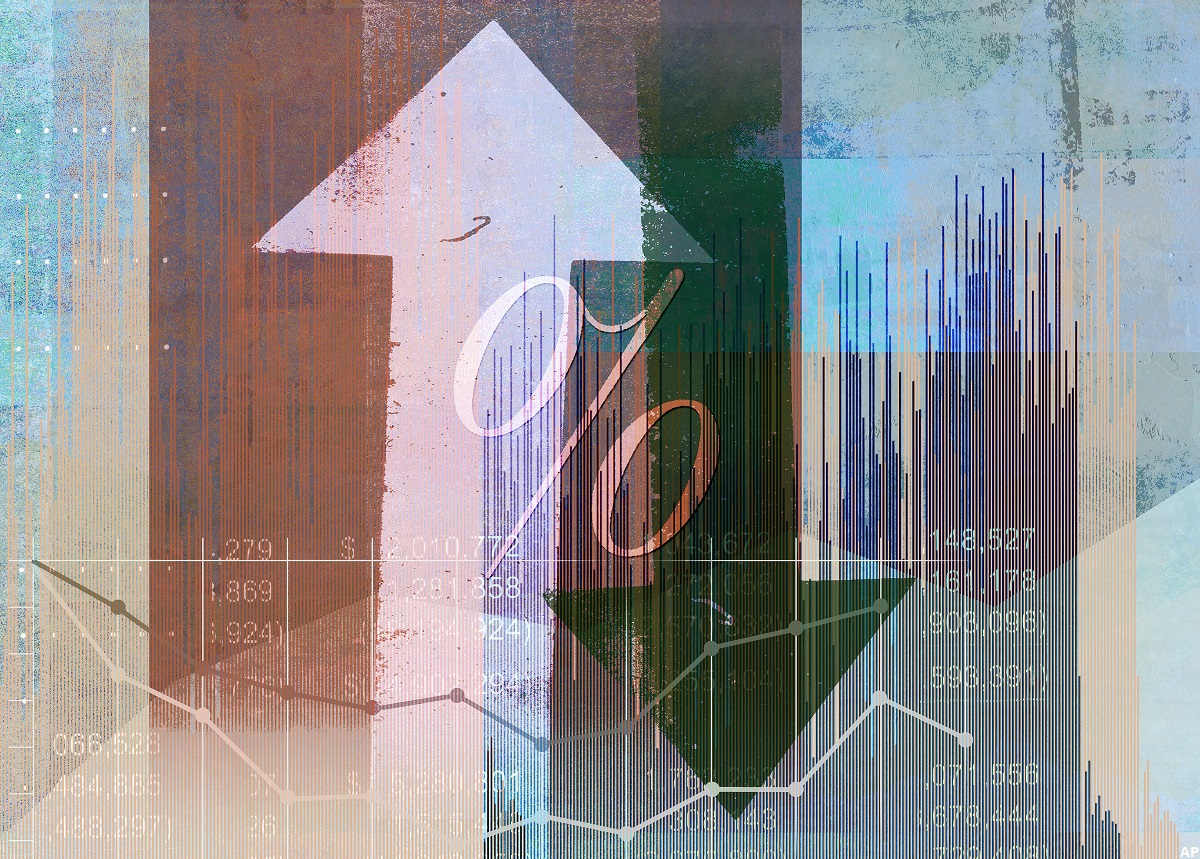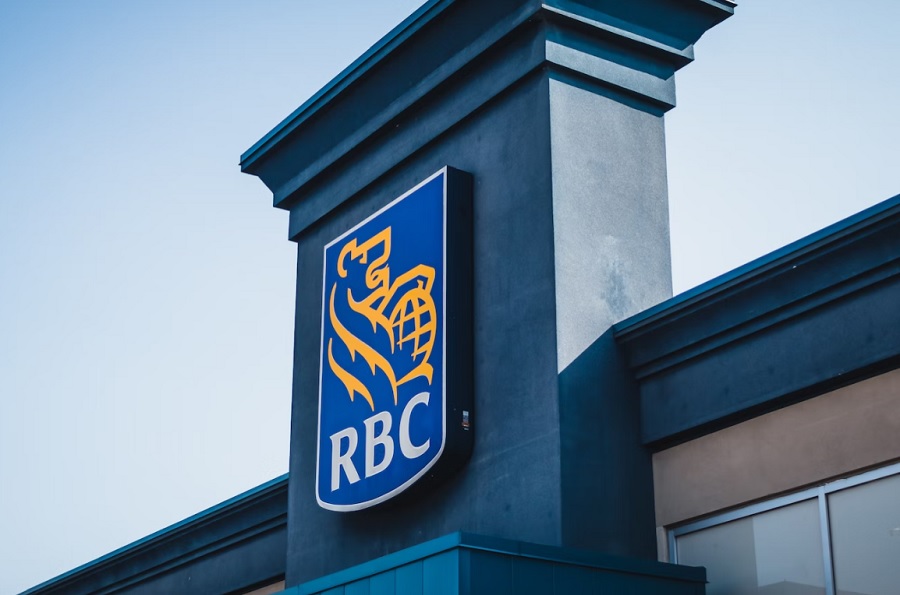Ruth Saldanha: There's been a lot of talk recently about increased Canadian indebtedness. A recent Canada Mortgage Housing Corp. report pointed out that Canada's household debt to GDP ratio is at 107%, which is well above other G7 nations. In the U.S., that number stands at 78%, while in the U.K. it's at 86%. Because of this, CMHC says that the risk level to the Canadian economy remains high. And Canada's banks seem to have recognized this and are taking steps to prevent problems in the future. Most of the big six Canadian banks have shown a significant jump in loan loss provisions compared to this time last year. Why, and what does this mean for Canadian bank stock investors, especially when it comes to dividends? Eric Compton tracks Canadian banks and he's here today to discuss this. Eric, thank you so much for being here today.
Eric Compton: Yeah, thanks for having me.
Loan Loss Provisions Are Up As Canadian Banks Prepare for a Recession
Saldanha: So explain to us why these loan loss provisions are, so high right now.
Compton: So I would say that, just for some additional context. So loan loss provisions, they're certainly going up from where they were, but they were at unsustainably low levels before, so this weird cycle is playing out where you had the pandemic occur, provisioning for losses went up quite a bit in preparation for some losses coming out of the economic stress and the pandemic, and actually a lot of those losses never materialized. So then you went through a period of actually like what we call negative provisioning or essentially there were more recoveries because those losses were never actually realized and there were new provisions for potential future losses. So you actually saw a lot of that reverse and now we're coming out of that reversal phase where provisioning is starting to get back to what I would call more normalized level.
And so a couple other things I would highlight is that one, while provisioning is coming back up, coming up off of really low levels. And then two, the other thing to think about with the banks, is the reserve levels and so provisioning builds up your reserves and then if you actually realize those losses and write offs, that reduces your reserves. Right now reserves are, somewhere in the middle they're a little bit above what you would see pre-pandemic. So the banks are reserved for some type of recession, but the reserves are still a little bit below what you saw during the height of the pandemic. So looking forward, if the economic situation were to get worse, you could see increases in those reserves as the banks try to prepare for recession or maybe they're adequately reserved right now, if there's like a soft landing or really not much. So, that's how I would think about, just like trends and provisioning gather up, but nothing too bad has happened just.
Canadian Bank Investors Should Not Worry Just Yet
Saldanha: So do you think investors should worry right now about the levels that the provisioning is at, what happens if it's too little or too much?
Compton: So, I wouldn't be too worried, just yet. The banks, they are trying to prepare for the potential of, I would say mild recession in the future. So they aren't prepared for anything too severe yet, so if you're expecting something very severe obviously things are going to get worse than what they are now. If you're expecting something a little more mild this is really not I think too much more that I would expect, maybe some slight increase in provisions going forward, building up reserves, but that's about it. And then as far as so I won't be too worried about it. However there are as you mentioned, there are some stresses out there in the Canadian economy, particularly around mortgage and increased interest rates a lot of places we dealt with that, but one stat that I think has jumped out to a lot of people is that over the last several quarters the percentage of mortgages with high amortization periods, meaning the percentage of mortgages where increases in interest rates are going to materially increase the burden on the borrowers who have those mortgages. Those are going up and so there are signs that stress is increasing I would say the banks aren't reserved for anything like super severe yet. I would expect some slight increases in provision going forward. But so far it's just signs of potential future stress, and not I wouldn’t say we're seeing too much, like actual stress today. So a lot of it is trying to predict what's going to happen.
Canadian Bank Dividend Payouts Continue to Be Manageable
Saldanha: So these increased provisionings basically mean that in the shorter term, there's less money for capital expansion or the payout of dividends, is that right? So what do you think is going to happen to Canadian bank dividends going ahead?
Compton: Yeah, you're exactly right. And so provisioning any increase in provisioning is going to take away it's earning, and the lower your earnings are, the less earnings you have to fill the capital, to pay out dividends, any of those things, so you're absolutely right about that. And so any increase in provisioning is going to increase that sort of stress. As far as just like what is the magnitude of that stress? I would say it's not bad at all yet. The provisioning levels right now are still not what we saw during the pandemic. The Canadian banks are still building up material amounts of cashflow each quarter and dividend payout ratios are certainly still very manageable. And so I would say next couple of quarters, I would expect the Canadian banks to keep building up capital, dividend payout ratios will remain quite manageable there have to be some significant deterioration in the future for any of that to really start to come up to actually increase stress. So, despite some of the increases in potential stress on mortgages and the consumer the banks at least for now are still pretty well-positioned.
Keep An Eye on Consumer Debt and Stress Levels
Saldanha: Are there any other risks that Canadian investors should keep an eye on going ahead with the Canadian banks?
Compton: I think the biggest risk is the one that we've touched on a bit here, which is just there's a lot of debt buildup in the Canadian economy and that debt is getting more expensive to service because interest rates have gone up. And so I'm sure as many of our listeners are familiar with the Canadian mortgages, they don't all reset at the same time, you've got variable rate mortgages even on some of those variable rate mortgages, the payment may not change until the reset date. The majority of mortgages are actually fixed rate mortgages still. And so you've got this build up in potential stress where rates are higher and you're going to get waves of mortgages resetting at higher interest rates over the next several years. So that's the biggest thing that I would keep an eye on, that we are keeping an eye and just a lower percentage of those mortgages are insured by the government these days compared to what you saw five or six years ago.
Interest rates are at levels we haven't seen for a long time, and I do think stress is going to increase -- Canadian consumer unless the Bank of Canada starts cutting rates materially in the next year or so. And so that's the big risk, it's also the largest exposure on the bank balance sheets, a large percentage of loans on bank balance sheet is made up of these mortgages that aren’t fully insurable. And also home equity loans, they also have some loans to real estate investors and condo owners, things like that. So I think that's where a lot of the risk is concentrating and no one knows exactly how it's going to play out. I think the banks do have enough capital and they do have enough earnings to kind of work through potential losses there and you are seeing consumers adjust spending pattern. So, I think there is an issue credit side for the banks and also risk just for the Canadian economy. The larger percentage of their disposable income that the Canadian consumer has to put just for making a mortgage payment. The lower economic growth you're going to see. That's not really super productive, spending as far as the GDP is concerned. So that's another risk I would keep an eye on, it's just all things growth related are going to start to slow down.
Saldanha: Great. Thank you so much for joining us today with your perspectives, Eric.
Compton: Yeah, thanks for having me.
Saldanha: For Morningstar, I'm Ruth Saldanha.






















